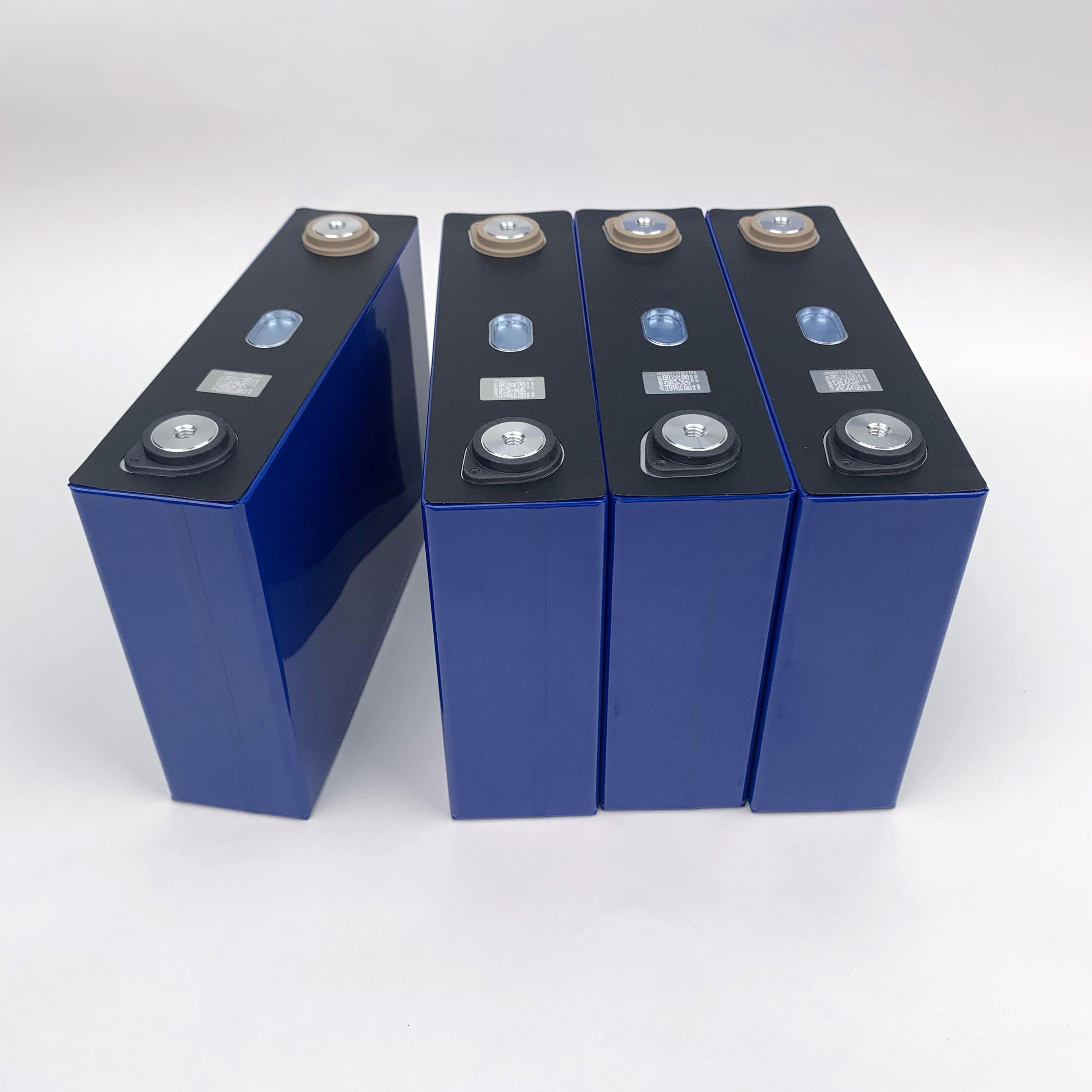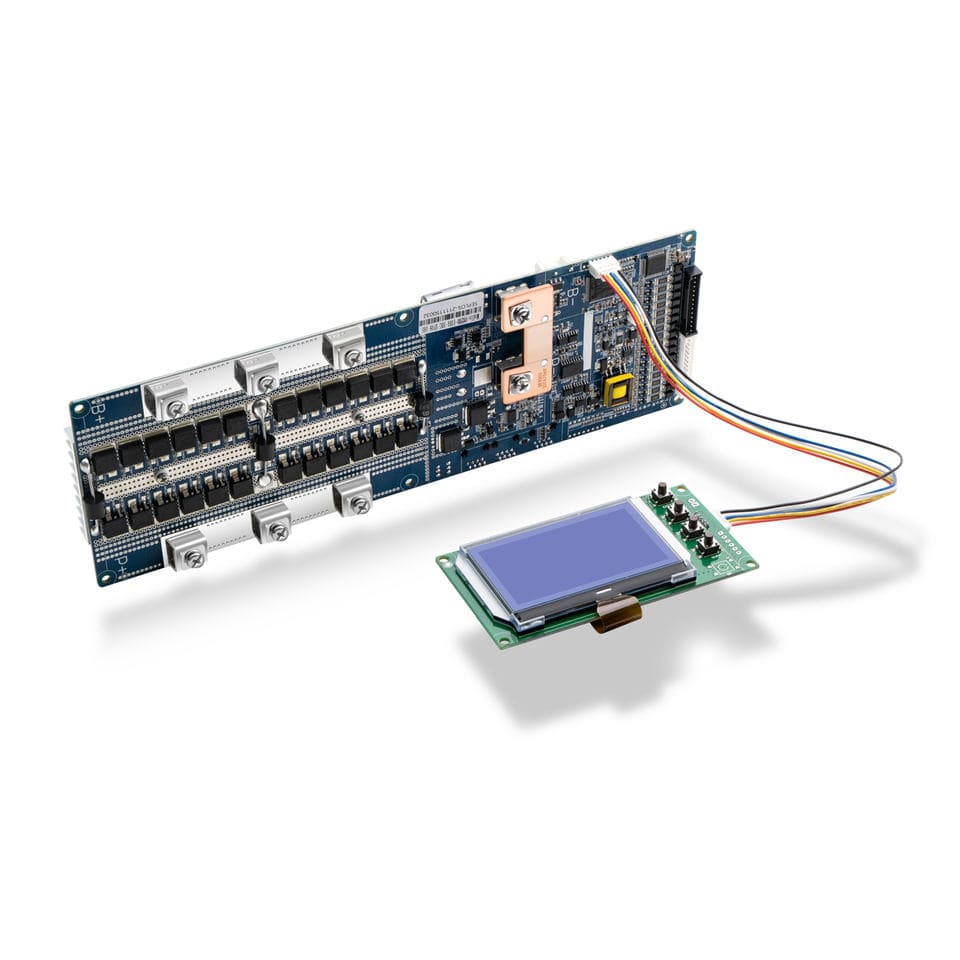Vnice Power
Industry News
How To Do LiFePO4 Battery Balancing?
19/4/2024
Why LiFePO4 Battery Balancing
Many people may not understand what LiFePO4 battery balancing is. Simply put, it is the process of balancing the voltage and charge of each battery cell in the battery pack. Because the power of a single battery cell often cannot meet our needs, we generally assemble a group of cells together as a power.
To give a simple example, a LiFePO4 battery with a relatively small capacity will be charged faster when charging, and if assembled in the same battery pack, it will limit the further charging of other relatively larger capacity cells. In other words, the same cell with a relatively small capacity will also discharge faster than other cells, limiting the discharge capacity of the entire battery pack. Also, higher voltage cells will have different cutoff voltages than lower voltage cells, which means there will be excess performance. So we have a theory that can be generalized – barrel effect, the weakest cell will determine the capacity of the entire battery pack, the strongest cell will determine the cutoff voltage of the entire battery pack, in this case, except for the battery pack The performance of the battery is limited, and there are relatively more safety issues, such as overcharging and overdischarging, which can cause permanent damage to all cells in the same battery pack. Therefore, in order to better use the battery pack, LiFePO4 battery balancing is a must.
How To Do LiFePO4 Battery Balancing
First of all, we need to know that there are 2 methods for the most traditional battery balance, namely top battery cell balancing, and bottom battery cell balancing. However, with the continuous advancement of technology, we prefer to use scientific means to solve such complicated problems. At present, most people use a device called a balancer. This device can effectively do LiFePO4 battery balancing, and is more accurate and efficient than manual balancing. But if there are no conditions, only manual balancing can be performed.
Top battery cell balancing means that you need to charge all the cells to full and then connect them to make a battery pack for balancing, which is suitable for optimizing charging. Bottom battery cell balancing means that you need to discharge all the cells to the minimum required for safety, and then connect them to make a battery pack for balancing. If you want to optimize the discharge, this means balancing on the bottom is the best balancing method for you. In short, the choice of top balance or bottom balance mainly depends on how your LiFePO4 battery pack is used. The core point is “balance”.
It’s actually not too difficult to do manual balancing.
- First, we need a multimeter: to test the voltage of each cell. Then you need to record the voltage parameters of all the cells,
- and then arrange the cells in order from small to large. Of course, it is also possible to go from big to small, as long as you like it!
- Then we need to choose a parallel way to connect all the cells, why parallel Because for cell balance, series connection is relatively unsafe, and the parallel method is more suitable for cell balance.
- After the connection is completed, we need to wait for a long period of time, during which time the relatively high voltage cells will slowly put the charge into the relatively low voltage cells,
- and finally reach a balance.
Summary
LiFePO4 battery balancing may be a point that is often overlooked by DIY LiFePO4 battery novices, but whether the battery is balanced or not can directly affect the overall effect and life of the battery pack in the future. For better use of the battery pack, be sure to perform battery cell balancing.
Welcome to subscribe VnicePower to share more knowledge with you!!
WE OFFER BEST IN CLASS SERVICE FOR YOUR NEEDS
86-13631354535

-

Message


